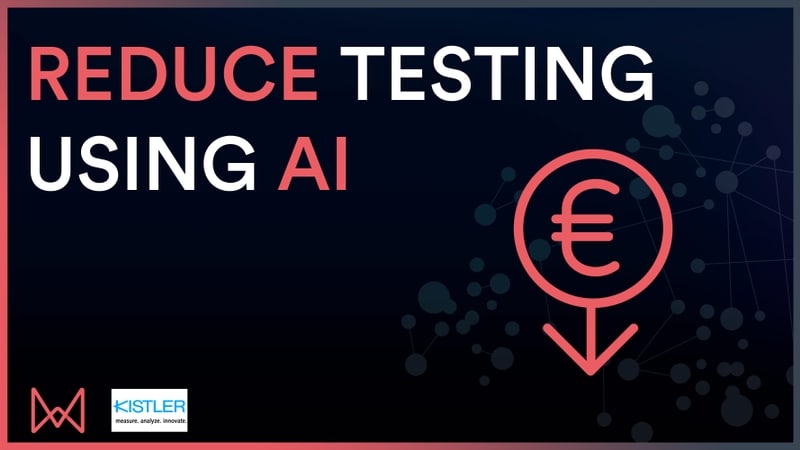On-Demand Webinar
Trustworthiness of AI Models

In this webinar, listen to engineers talking about the trustworthiness of AI models and 72% test reduction. The automotive industry is under severe pressure to reduce costs as supply chains have frozen and R&D budgets are being cut to save resources. However, there are many mission-critical tests that still need to continue, and they are expensive. Monolith has come up with a new approach to slash the time needed you to spend on the track to test your car. By using machine learning, the majority of the testing can now be carried out virtually from home.
Monolith enables engineers all over the world to:
- Understand physically intractable problems
- Fully explore multiple virtual test scenarios
- Reduce costs and time investment throughout the whole R&D cycle
- Increase confidence in predictions & recommendations on which tests to run next

